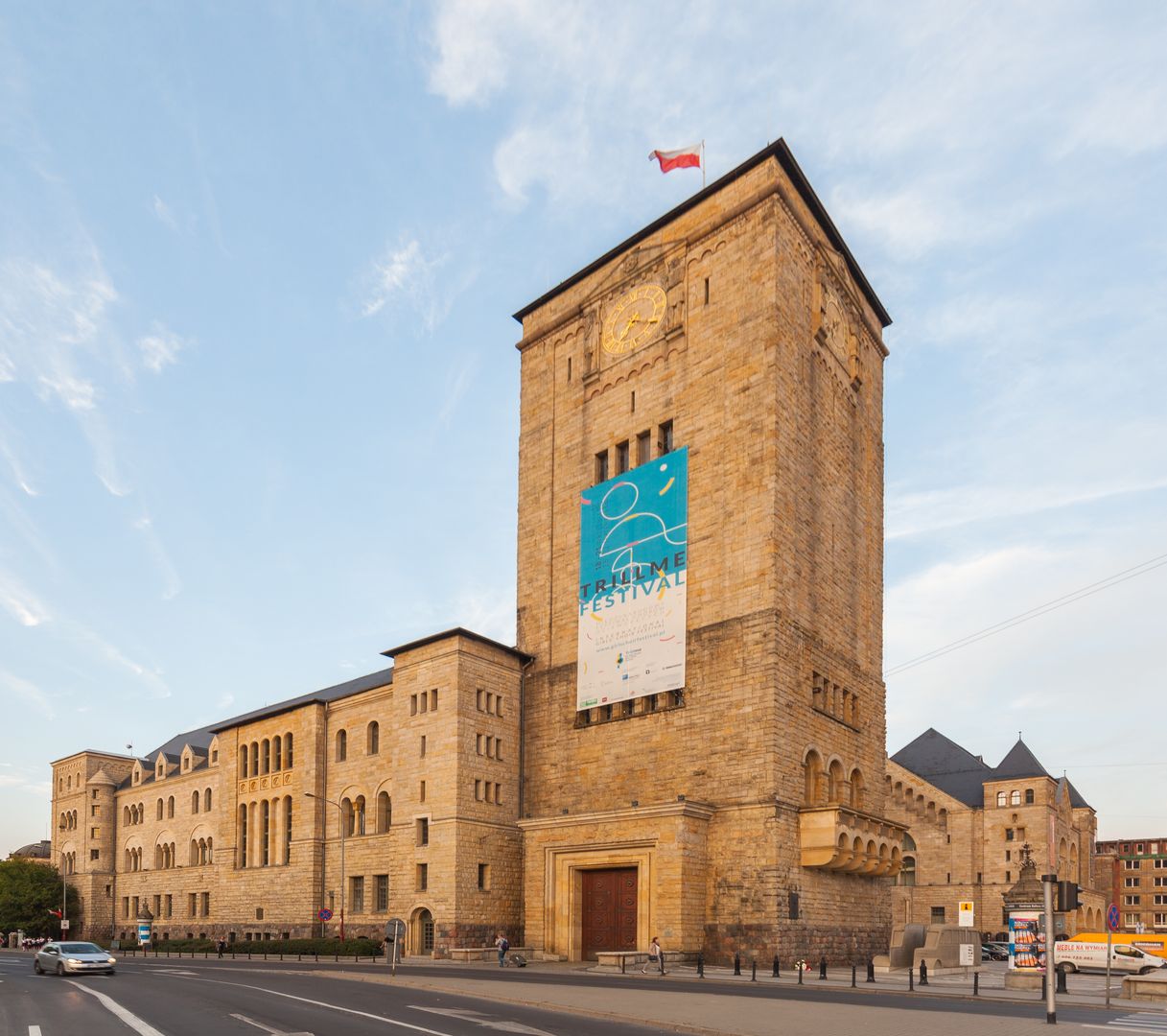Poznań Imperial Castle
8.09

Overview
The Imperial Castle in Poznań, now known as the Castle Cultural Centre, is a significant structure within the Imperial District. It was commissioned by Emperor Wilhelm II and constructed between 1905 and 1910. Designed by architect Franz Schwechten, the building blends Neo-Romanesque style, which the emperor considered representative of the grandeur of the Holy Roman Empire. Intended to symbolize Greater Poland's affiliation with the German Empire, the castle consists of two wings: the western wing, housing residential quarters, and the eastern wing, dedicated to ceremonial and representative functions. The interiors are notable for their intricate details, particularly the Throne Room with its Byzantine influences, celebrating historical German emperors.
After World War I, the castle became the property of the Polish State Treasury and underwent various renovations and adaptations for administrative use until the outbreak of World War II, when it was intended to serve as Adolf Hitler's residence. In the post-war period, Nazi symbols were removed, and in 1948, the building was repurposed as the New Town Hall. Today, the castle hosts a variety of cultural events, including concerts and exhibitions, and serves as the headquarters for several artistic institutions.
An interesting fact is that in 2002, the castle became the main venue for the International Triennial of Sculpture, and in 2010, it celebrated its centenary. Thanks to its distinctive architecture, rich history, and cultural significance, the Imperial Castle in Poznań remains an important part of the region's heritage and a vibrant center of contemporary culture.
Location
Tickets
Powered by GetYourGuide
You can also find here:
2025 Wizytor | All Rights Reserved
